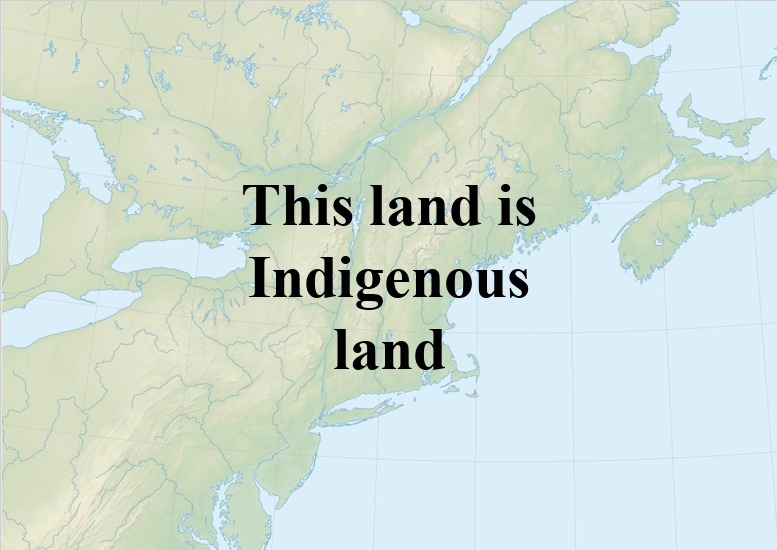Introduction
The original people of Turtle Island first and foremost belong to place. Elizabeth Solomon of the Massachusett Tribe at Ponkapoag notes that the Native relationship to the environment is one in which people are not separate from the land; rather, they are part of the land. When European settler-colonists first arrived on Turtle Island in the early 17th century, they asked the Native people, who had lived here for many thousands of years, what they called themselves. They likely answered with the names of places like Naumkeag or Agawam, illustrating the inextricable union between Indigenous identification and land. Another word they may have used is ninnuock, an Algonkian-language term meaning “the people here.” Like place names used as identifiers, the notion of “the people here” links a community to their homeland, again emphasizing how location informs the self.
The People Here is a digital exhibit about the Indigenous people of the land currently occupied by Salem State University. Born from a desire to create a meaningful, nuanced land acknowledgment for our university community, this project examines the varied and complex narratives told by both Native and nonnative historians, scholars, storytellers, and community members about the colonization and subsequent Indigenous dispossession of the people of Naumkeag, or, as the land is known today, Salem, Massachusetts. We present some of these narratives in our timeline, which offers a glimpse into the lives of the original people of Dawnland, beginning at the end of the last ice age, some twenty thousand years ago. As the timeline moves toward the 16th and 17th centuries, when the European colonists arrived on Turtle Island, our scope narrows to the people of Naumkeag and their kin as they are affected by colonial encroachment. Because The People Here is modeled on the Indigenous theory of survivance—resisting extinction narratives by contributing to an active sense of Native presence—the timeline continues to the present day. By telescoping into the present and future, our timelines also underscores that colonization is ongoing and its effects are ever-present.
Above all, The People Here resists certainty by presenting a deliberately incomplete narrative of the original people of this land. As this project illustrates, settler colonialism is an continuous process in which colonizers occupy land and seek to replace existing populations through means of social, economic, legal, and governmental control that solely benefit the settler inhabitants. For the European settlers, one method of control was (and is) meticulous written recordkeeping. Journals, pamphlets, government documents, and the collection of data enabled the colonists to plan and regulate their settlement and its population from both inside and outside its bounds. In contrast, Native communities prior to colonization operated on an oral tradition in which histories, stories, agreements, customs, and ideas were communicated verbally and passed down between generations. Because written, settler-constructed documents have been prioritized in United States society as conveying a kind of objective truth, colonial histories have, until recently, fueled the dominant cultural narrative about the Indigenous people of present-day Salem. In examining both Native and settler accounts about the people of Naumkeag, their kin, and the Naumkeag diaspora, what we present here is a compendium of stories that, when held together, offer an inherently imprecise portrait of a people and a land.
The People Here is an ongoing project. We invite all SSU community members interested in contributing to this project to send additional thoughts and edits to us at thepeoplehereproject@gmail.com.


